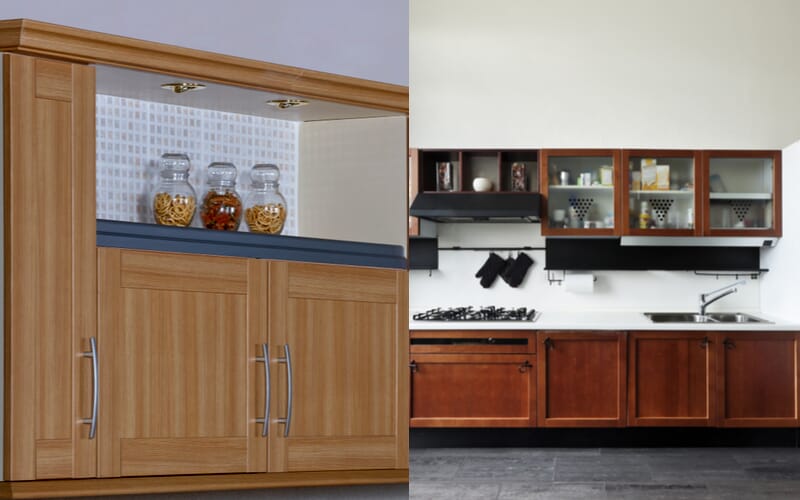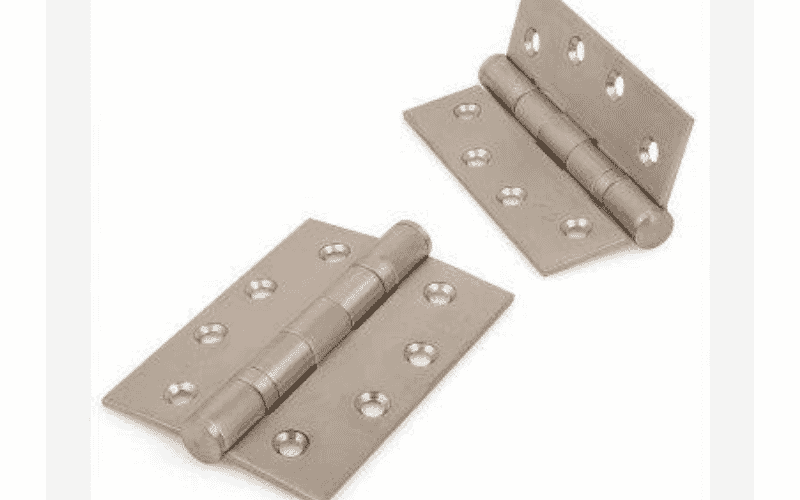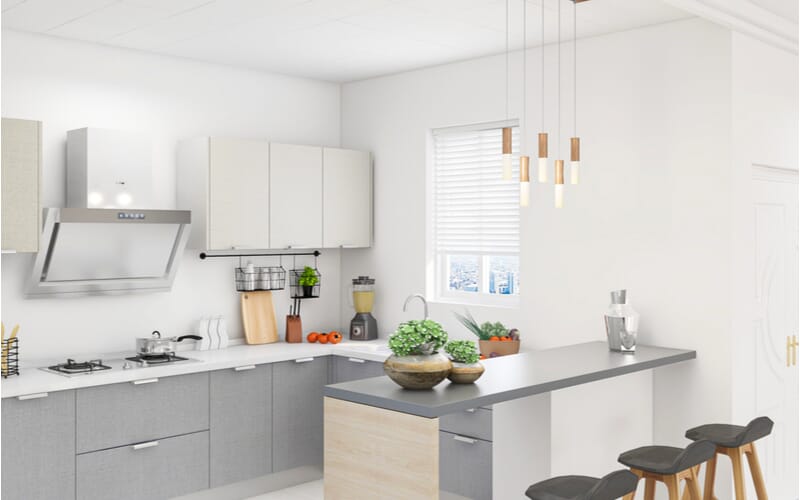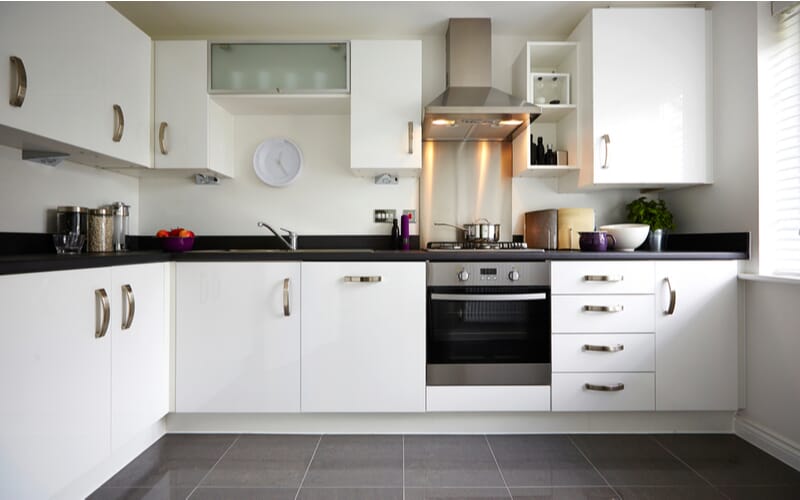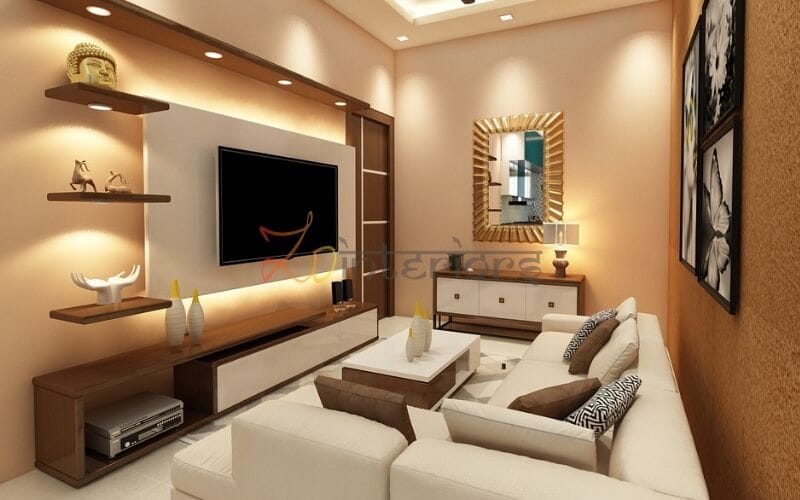Table of Contents
Open Vs. Closed Kitchen
The only important aspect is your own personal tastes and lifestyle when designing an Indian kitchen. The open concept of the kitchen seems to be a trendy one and individuals are more open to trying a new concept, but it is important to see if this design is suitable for your lifestyle. For example, Indian cooking requires the use of lots of spices, and the baking and grilling process is secondary, in which case the fumes can not be prevented from entering an open kitchen in other areas of the house. But at the same time, if you enjoy planning parties, cooking with friends, and hosting casual brunches, opting for a half-open kitchen is good as it will cover a half-wall or a pass-through window as well as allow a certain degree of openness and accessibility. Read on to find out which is the right choice for you.
Open kitchen
As the word indicates, an open kitchen is one that is without walls. This means it’s a space visible to all. It is the perfect platform to display your creativity and decor aesthetic.
One that is more integrated with the neighbouring rooms in the house is an open kitchen, typically the living room and the dining room. Such a kitchen is typically open on more than one side, which means that there are no walls on more than one side. In the 1990s, the idea of the open kitchen began to become popular and is still a preferred option of many.
Pros
- Proud of the wonderful way you highlight your kitchen’s utensils? Or about the new kitchen appliances you’ve been looking very hard for? With an open kitchen, it’s easy for you to show your guests all your beauty and the fabulous decor of your kitchen.
- Considering that a few walls are removed in the case of an open kitchen, as opposed to closed ones, open kitchens tend to be generally brighter and well-ventilated.
- In an open kitchen, the person cooking a meal gets involved in the conversations or passes dishes to people in the adjacent rooms.
- Cooking time in the living room doesn’t mean losing out on watching your favourite TV show.
- The family, or any visitors who drop in, can also feel like a part of the process of preparing meals.
- All in all, for your family and/or guests, an open modern kitchen allows for better bonding.
- An open plan for the kitchen lends the house a sense of space. It makes your house look larger, and for modestly-sized houses, it works well.
- The appetite of the family is improved, with all the scent of fresh food flowing around the kitchen, and the meals end up being happier.
- An open kitchen will help you keep an eye on them while you cook if you have kids who need supervision.
- For homes that are small, an open kitchen is a fantastic idea. It allows spaces to spill into each other because it has no walls or doors, thus making the home look more spacious than it is.
- An open kitchen provides a sense of informality and a friendly environment as well. Here as you complete your kitchen chores, you can bond with family. It provides a wonderful vibe where you can connect with them when working in the kitchen, and when you have guests around.
- Another benefit is that several cooks work in the same room. An open, spacious layout in joint family homes allows more members to operate at the same time.
- An open kitchen also provides the chance to have an additional island in the middle, as there is no fourth wall, it does not disturb the walking area.
Cons
- Although an open kitchen layout makes for a perfect way to highlight your beautiful vessels and appliances, it also reveals any mess that might be made while cooking in the kitchen. Are you sure you want your visitors to see anything like that while you’re hosting them?
- In neighbouring spaces, all the sounds of kitchen appliances, such as the mixer or dishwasher, can also be heard.
- It needs to be clean if it’s still noticeable. Also if you frequently engage in intricate cooking, a lot of kitchen noise would certainly work its way into the house from the dishwasher or mixer/grinder.
- The kitchen area often appears to become very hot in such a situation, and this heat spreads to the rest of the connected rooms. Due to the absence of additional partitions, open kitchens have restricted cabinet storage.
Closed kitchen
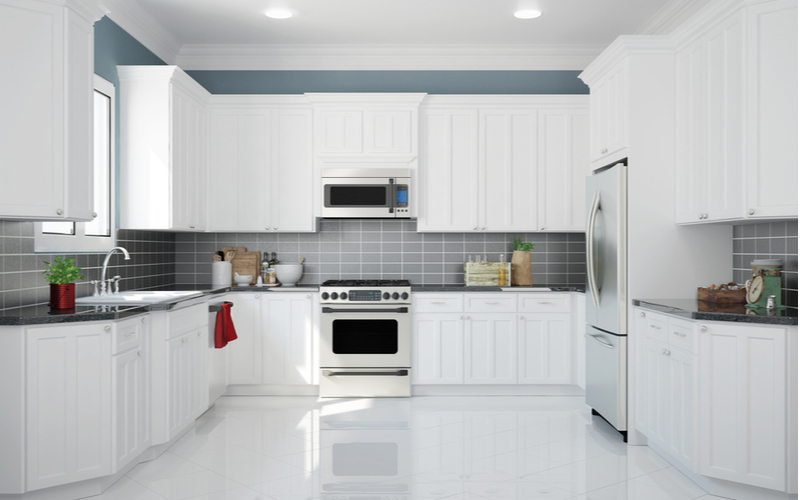
A closed kitchen is exactly as the name suggests-“closed off from the rest of the house or disconnected. The walls that divide the kitchen from the other sections of the house render the kitchen an individual space. Closed kitchens are those that are sheltered and more conventional. For people who enjoy privacy when cooking and want to make their kitchen their own sanctuary, such kitchens are perfect.
Pros
- A closed kitchen would be great for you if you are the kind of person who thinks of the kitchen as your refuge, as your own place where you can sink into the cooking process without any interference or distraction.
- The design principle of the closed kitchen provides the user with privacy.
- The idea of closed kitchens matches both modern and traditional homes.
- Because both sides of the kitchen are locked, the storage as well as counter space increases.
- Inside the kitchen, away from the rest of the house, all the smells and messes remain concealed. The mess will also stay concealed in the kitchen.
- As compared to an open kitchen, a closed kitchen lends an air of formality. So if you are the kind of person who likes an organized cooking experience, including silence and privacy, your best choice could be a closed kitchen.
- There is more room for a wider countertop, more cabinets and tables, and more storage space for appliances, as the number of walls in a closed kitchen, is greater.
- With a closed kitchen, the smells of cooking are not only restricted (mostly at least!) to the kitchen, but also the sounds.
- A closed kitchen is perfect if you engage in regular cooking or enjoy whipping up big meals. The sounds, smells, and fumes of a closed kitchen are mostly limited to the four walls.
- The fact that you can delay clearing the mess for at least some time is an extra plus point, as the room is not accessible to the rest of the building. More storage options are provided in a closed kitchen with four walls.
Cons
- A closed kitchen layout allows less access, as opposed to an open kitchen, to the natural light and air circulation available in the building.
- One of its biggest disadvantages is the kitchen’s isolation. This creates a sense of formality and rigidity and time is lost to family bonding, especially where lifestyles tend to be hectic.
- This layout does not allow for seamless access to the dining table from the kitchen, or vice versa, making it difficult to communicate when preparing meals with friends and family. A closed kitchen can make the home appear smaller in an apartment set up, as it eliminates sweeping sight lines.

